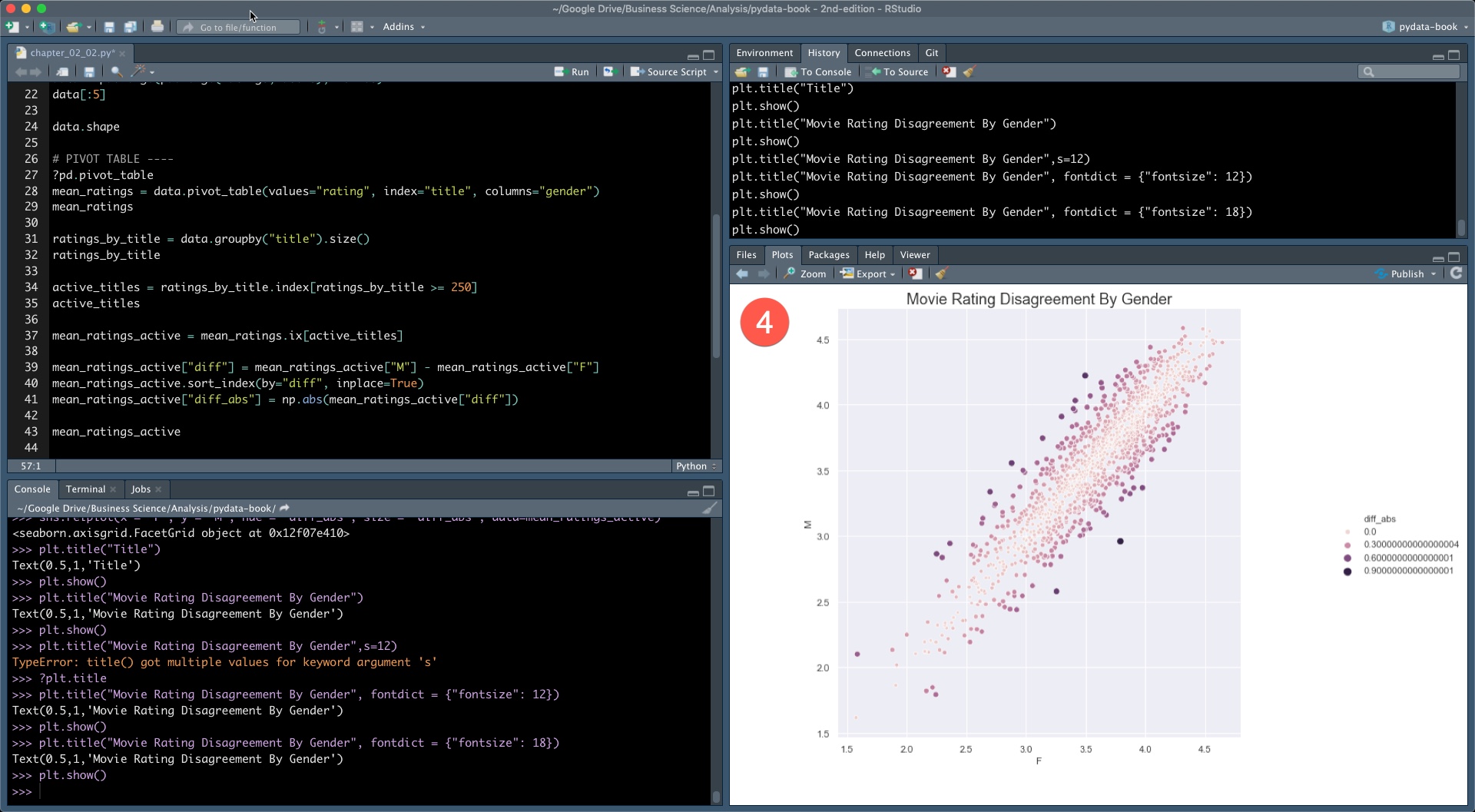

Creating meaningful dashboardsĭashboards have nowadays become the bread and butter for the majority of team meetings. Whether building a machine learning model or exploring the data to get some useful insights, both play an important role in understanding the data and extract facts from them. Both of these languages have a different approach toward solving a given problem. Both these languages can be used to initiate and modify algorithms in machine learning like classification, regression, clustering, neural networks and algorithms in artificial intelligence. Recommend Python CourseĬomplete Python Bootcamp From Zero to Hero in Python Why Do We Use Them and Their Applications?īoth R and Python are the current torch-bearers of machine learning brigade. There are many tools and frameworks used for Python but the most popular one is known as the Jupyter, which takes care of both algorithms and data visualization. It comprises of a comprehensive collection of libraries which help in taking care of the minor and major implementations in Python. Python has the capability of supporting object-oriented, procedural and functional programming. Created in 1991, it was used and implemented in simple systems at the time when machine learning had a niche market.

Similar to R, Python also is an open-source programming language deployed for statistical and machine learning models like regression and classification which is employed in many systems. R language runs on the R Studio platform which helps in initiating and executing codes and packages in R. It has the capability of creating some powerful charts and dashboard quality graphs to demonstrate and monitor the monthly sales or profit of a company. Tons of packages are already available and they help in exploratory data analysis, basic data exploration and data representation in the form of graphs. R includes a ton of inbuilt libraries that offer a wide variety of statistical and graphical techniques which include regression analysis, statistical tests, classification models, clustering and time-series analysis. It first came into the picture in August 1993. R is an open-source programming language mostly used by statisticians and data engineers who utilize it to build various algorithms and techniques for statistical modeling and data analysis.

These technologies are being constantly deployed for algorithms in machine learning, deep learning, artificial intelligence and much more cutting-edge discoveries that have taken the world and visionaries by surprise. Following the advent of machine learning and data analytics, the focus shifted to technologies such as R, Python, and SAS. Earlier, the IT sector used to place a lot of emphasis on technologies like Java which includes Spring and Hibernate for writing and testing code. The data science community has come a long way and has matured a lot in the last 5 years. Popularity among masses due to higher employment opportunities.R vs Python: Important Differences, Features.Shaking the market with artificial intelligence.

Why Do We Use Them and Their Applications?.


 0 kommentar(er)
0 kommentar(er)
